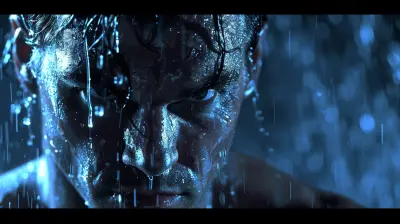How College Teams Are Adapting to New Recruiting Rules
7 August 2025
College sports have been buzzing lately, and it's not just because of buzzer-beaters or game-day upsets. Nope — this time it's about something happening off the field: recruiting. If you're into college athletics, you’ve probably heard whispers (or flat-out debates) about the new recruiting rules. These changes have shaken things up, forcing college teams to rethink how they attract talent.
But how exactly are these programs adapting? What strategies are they using? Are we seeing a total recruiting revolution, or is it just a bump in the road?
Grab a seat — we're diving into all that and more.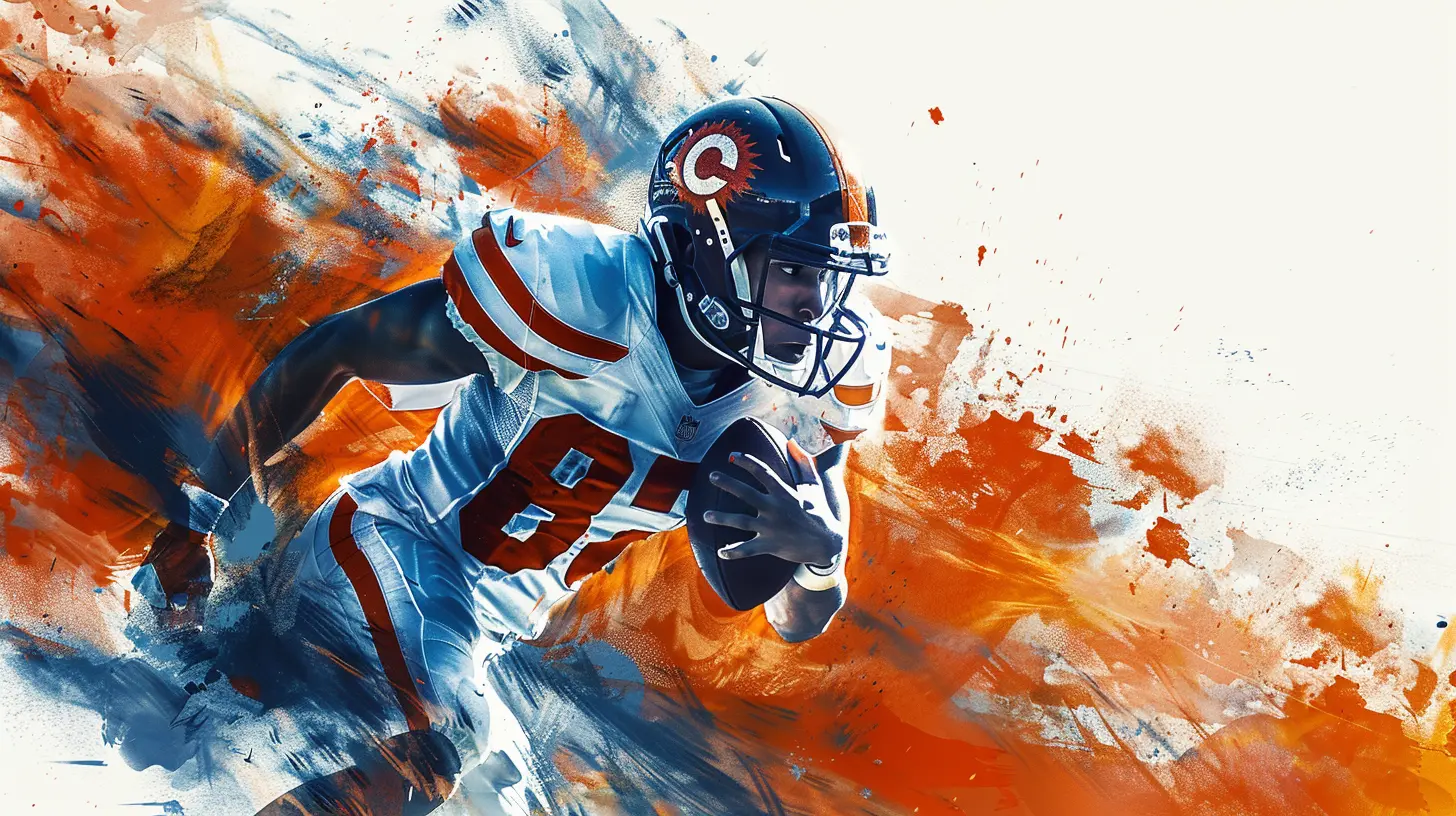
🚨 What’s Changed in College Recruiting?
Okay, before we get into how schools are adjusting, let’s break down what’s actually changed. NCAA rules don’t just shift on a whim — when they do, it usually means something big is happening behind the scenes.Here are some of the latest and most impactful changes in college recruiting:
- Earlier contact periods: Athletes and coaches can communicate earlier, which puts more pressure on both sides to make decisions quickly.
- Name, Image, and Likeness (NIL) rights: Athletes can now profit off endorsements, sponsorships, and social media. This is a game-changer.
- Transfer portal explosion: Players can more easily jump from one school to another — and schools are actively recruiting these transfers.
- New scholarship adjustments: Some teams are choosing to allocate scholarships differently, especially with NIL deals in play.
These aren’t minor tweaks — they’ve seriously shifted the recruiting landscape. So naturally, colleges are hustling to keep up.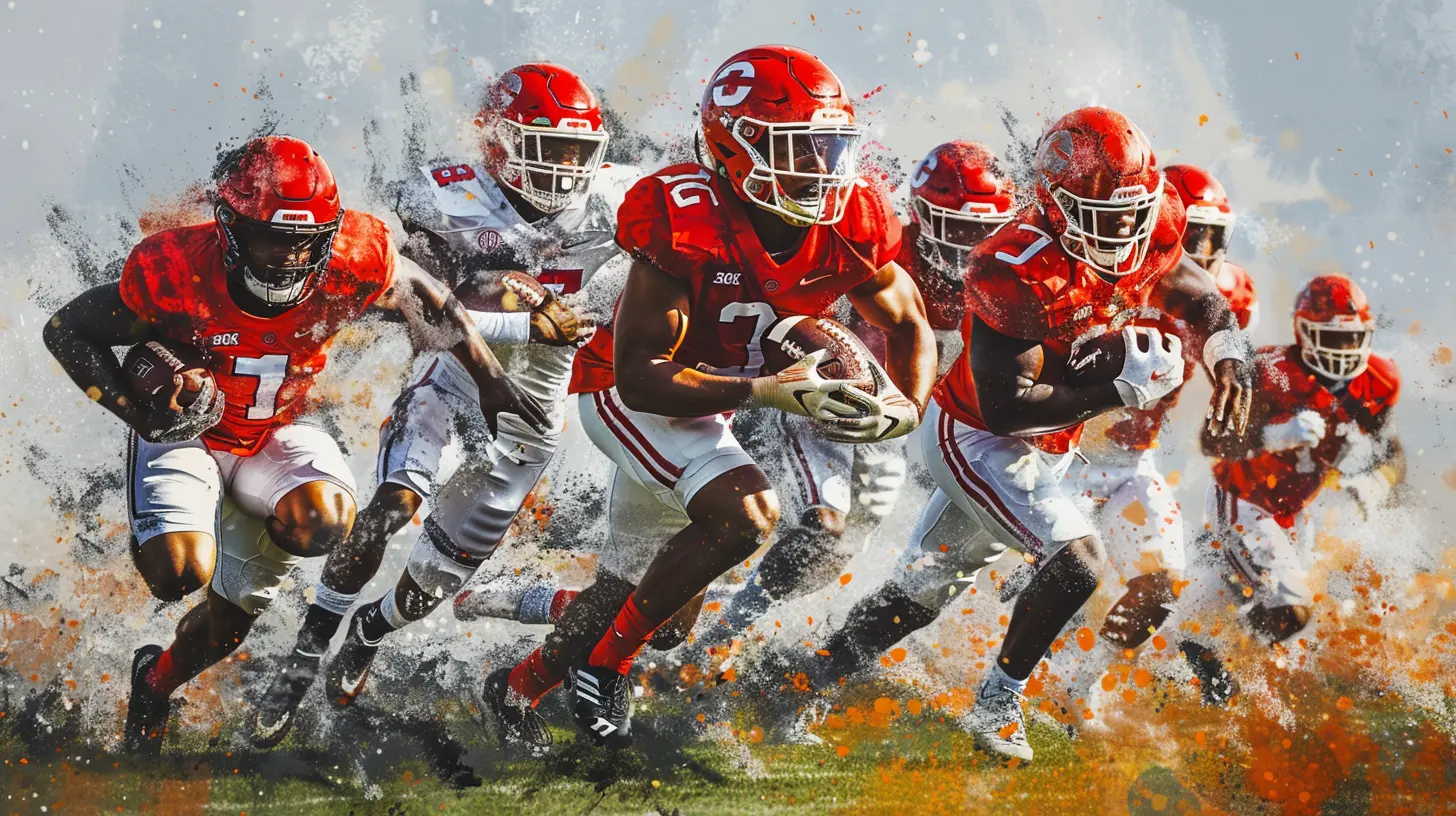
💡 Thinking Like Entrepreneurs: NIL’s Massive Impact
Let’s talk NIL — because it’s probably the most radical change in the history of college recruitment.Now that student-athletes can legally earn money from their personal brand, recruiting is no longer just about facilities and coaching staff. It’s also about business opportunities. Basically, athletes want to go where they can make the most money and play at a high level.
So what’s a coach to do? Start pitching like a startup founder.
🏢 Schools Are Building NIL Departments
Yep, some universities now have entire departments focused on helping athletes land endorsement deals. Think agents, brand managers, marketing teams — all working behind the scenes.Colleges like Alabama, USC, and Texas have launched NIL collectives and joint ventures that connect athletes with local businesses and even national brands. It’s no longer about just drawing X’s and O’s — it’s about building a personal brand that pops off on TikTok and Instagram.
📲 Social Media Training is a Must
Gone are the days when a coach would just say, “Stay off Twitter.” Now, athletes are encouraged to be on social media — strategically. Schools are offering media training, branding workshops, and guidance on how to grow a following.Why? Because every follower equals potential income. And believe me, recruits are paying attention to which schools will help them grow both on and off the field.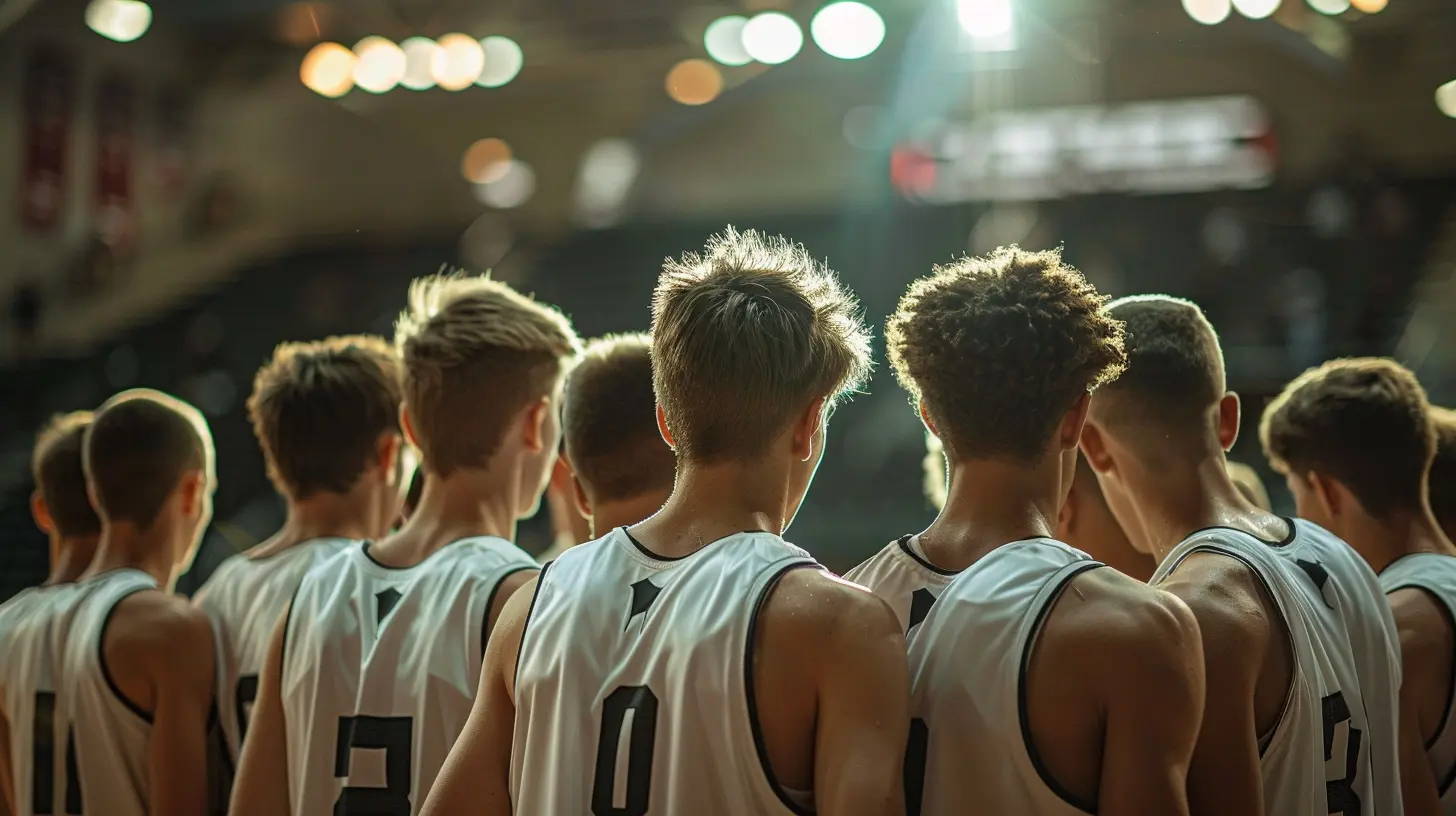
🔁 The Transfer Portal: College Free Agency?
Ever heard someone call the transfer portal “college free agency”? It’s not far off.Now that transferring is easier — and doesn’t come with harsh penalties like sitting out a year — athletes are more willing to move for better opportunities. This dramatically changes how programs recruit.
🔍 Scouting Transfers Like NFL Prospects
Coaches aren’t just combing high school film anymore. They're now diving into the portal to find experienced college talent. It’s kind of like browsing the clearance rack for designer goods — sometimes you find a star at a discount.Program staffs have had to add people and resources just to track potential transfers. There are analytics teams studying player fits, performance metrics, injury history — all in real-time.
🧠 Culture Fit Over Just Talent
The increased mobility of athletes also means chemistry is more fragile. So now, recruiters are being more intentional about signing players who not only fill a gap on the field — but also mesh well with the team culture.Some coaches are even asking current players to help recruit, turning team leaders into peer ambassadors. It’s like getting Yelp reviews from insiders.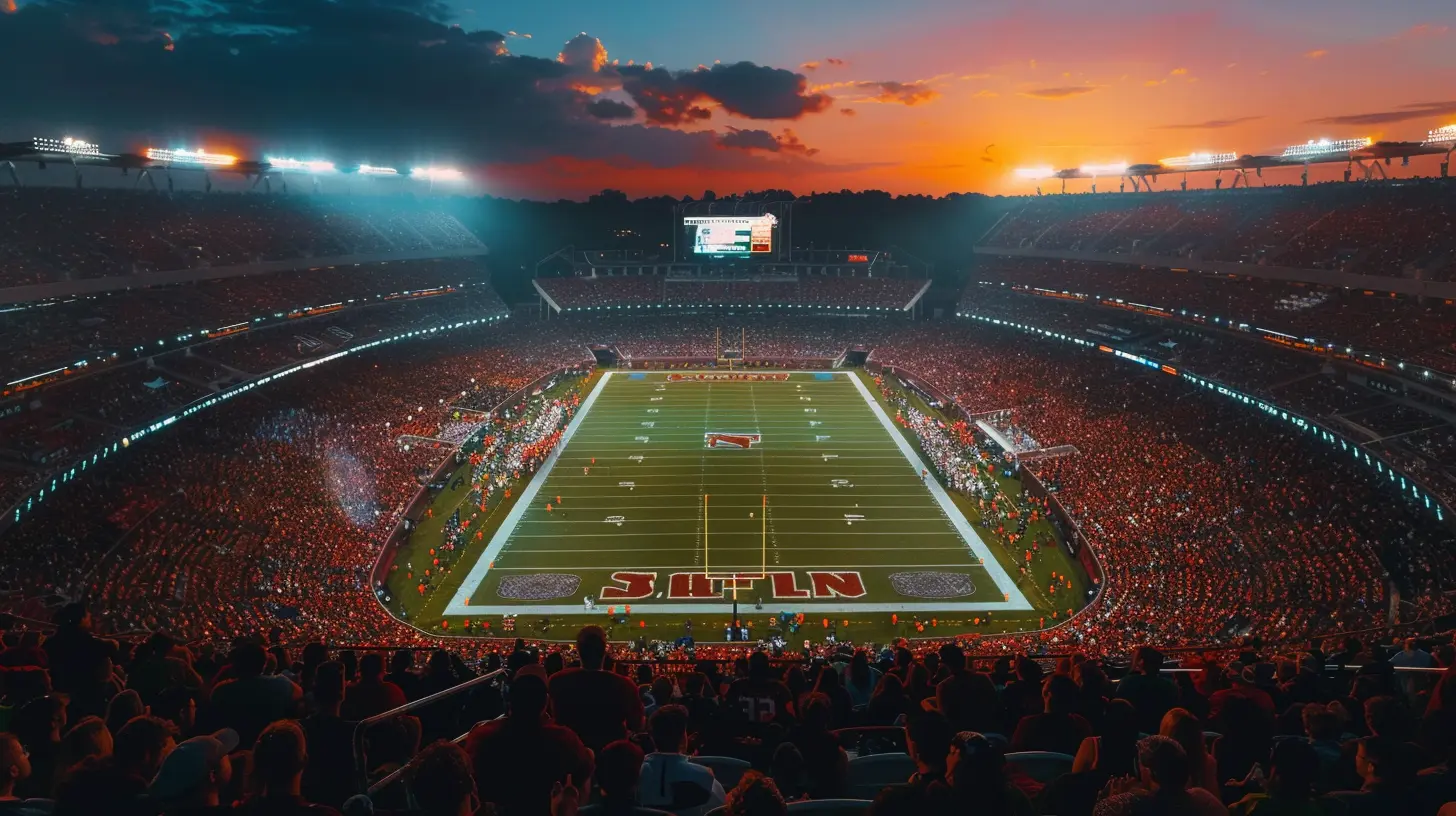
👀 Recruiting Is Going Digital — Fast
Another massive shift? The digital takeover.COVID-19 forced coaches into Zoom calls and virtual campus tours. But instead of ditching that tech once the pandemic faded, many programs leaned into it. Turns out, digital recruiting saves money, time, and gives access to a wider pool of athletes.
🎥 Virtual Visits and Highlight Reels
Today, a coach might discover a quarterback in Hawaii or a point guard in Lithuania — all via YouTube or Hudl (a video-sharing platform for athletes).Schools are investing in high-end virtual tours, drone footage of campuses, and interactive recruiting websites. They know that a well-produced video might be as effective as an in-person visit — and a whole lot cheaper.
💬 Personalized Messaging Bots
Some teams have even started using AI chatbots to keep in touch with potential recruits. Not the creepy kind — more like helpful guides that answer FAQs, send reminders about game invites, and provide links to NIL resources.It’s like having a 24/7 digital recruiter that never sleeps or takes coffee breaks.
🧱 Building Relationships Over Time
Even with all the high-tech tools, one thing hasn’t changed: recruiting is still about relationships.But now, with contact periods opening earlier and more frequent communication allowed, coaches are building those relationships much sooner. Some are starting to talk to athletes as early as middle school.
📞 Calling Early, Talking Often
College programs are creating a “recruiting funnel,” staying in regular contact and slowly nurturing athletes over months — even years. They’re not always pushing for a commitment right away. Instead, they’re building trust.Think of it like dating before marrying — instead of rushing into relationships, schools are taking time to develop a connection.
❤️ Family Matters More Than Ever
Coaches aren’t just recruiting the player anymore. They’re recruiting the whole family. Parents, siblings, mentors — they’re all part of the conversation.And why not? When a high school athlete has to choose where they’ll spend the next 3-4 years, you better believe mom and dad have thoughts.
💬 High School Coaches: The Unsung Heroes
Let’s not forget the role of high school coaches. With all these changes, their influence has actually grown. They’re often the bridge between college recruiters and athletes.Colleges are working harder than ever to build relationships with high school coaches and athletic directors. Why? Because they want the inside scoop — who works hard, who’s coachable, and who might have baggage.
In many ways, high school coaches are now part recruiter, part talent scout, and part career counselor.
🔮 What’s the Future of College Recruiting?
With all these changes, what could come next? Honestly, things could go in a few directions.- More regulation around NIL: As collectives get bigger and endorsement deals become standard, expect the NCAA or even Congress to step in with more rules.
- Increased specialization: Recruiting departments may start to resemble pro scouting teams, with data analysts, lifestyle coaches, and even branding consultants.
- Global talent pipeline: As digital tools get better, expect more international players to enter the scene — especially in sports like basketball and soccer.
- AI-driven recruiting decisions: Don’t be shocked if schools start using AI to predict success based on film, interviews, and even social media behavior.
Really, the only thing that’s certain? College recruiting will keep evolving.
🏁 Final Thoughts
So, how are college teams adapting to new recruiting rules? In a word: creatively.They’re acting more like startups, leaning into tech, expanding staff roles, and redefining what it means to connect with athletes. The days of just mailing a letter and placing a call are long gone.
Now, it’s about branding, business, and building relationships — all while staying compliant with a constantly shifting rulebook.
If you’re a fan, a parent, or even an up-and-coming athlete, this brave new world of recruiting is one to watch closely. Because the way teams recruit today will shape the teams we cheer for tomorrow.
all images in this post were generated using AI tools
Category:
College SportsAuthor:

Everett Davis
Discussion
rate this article
1 comments
Paris Wright
College teams are now like pizza chefs, tossing dough and ingredients in new ways! With these funky recruiting rules, it's a game of strategy and toppings—will they go for extra cheese or the spicy pepperoni? Let's see who cooks up the best squad this season!" 🍕🏈
August 25, 2025 at 11:23 AM

Everett Davis
Great analogy! Just like pizza chefs, college teams are indeed mixing up their strategies to create winning combinations with the new recruiting rules. Excited to see which flavors prevail this season! 🍕🏈
